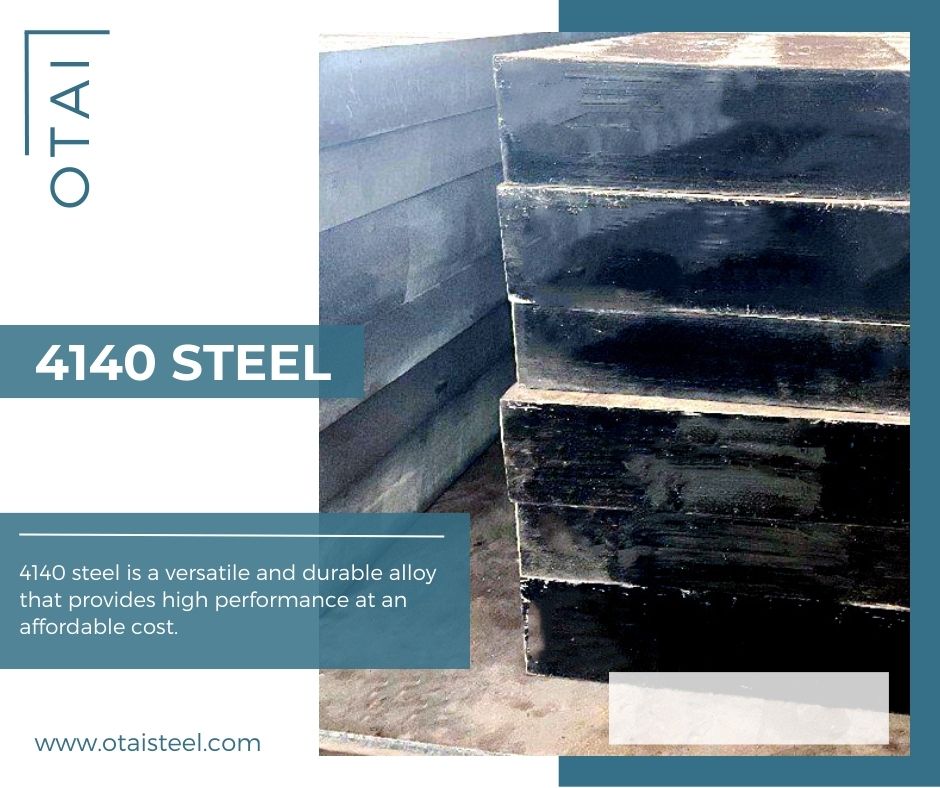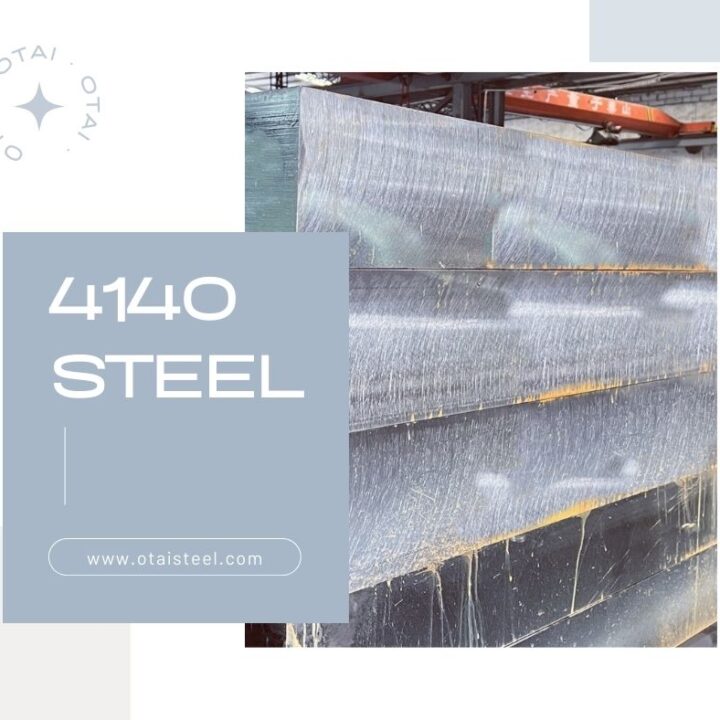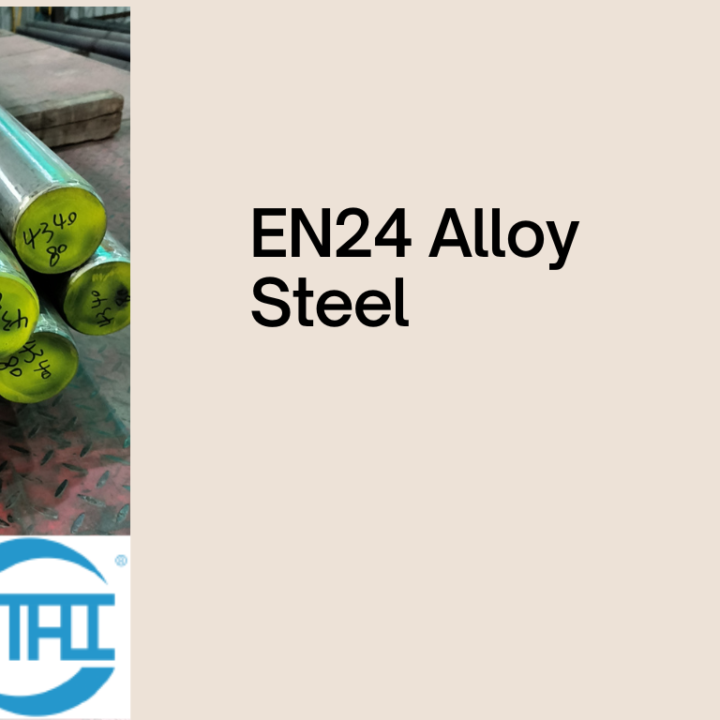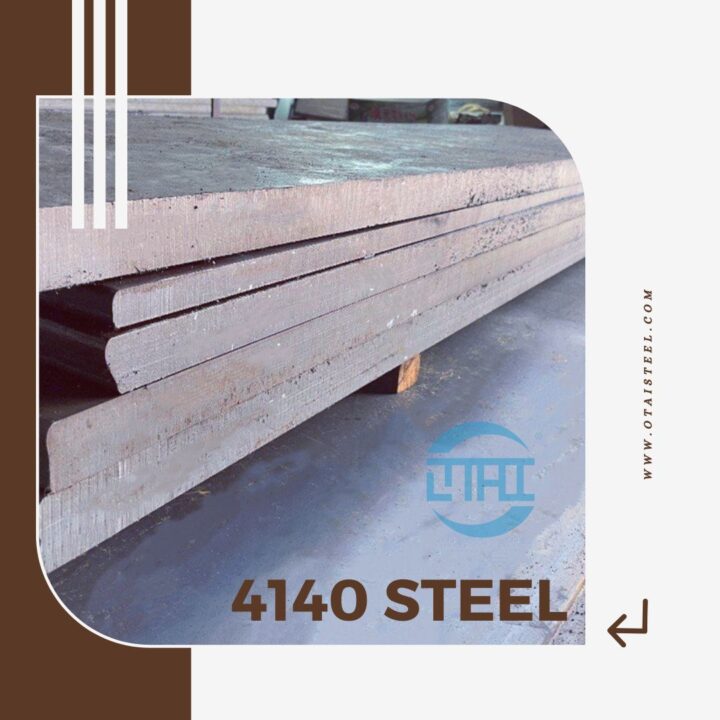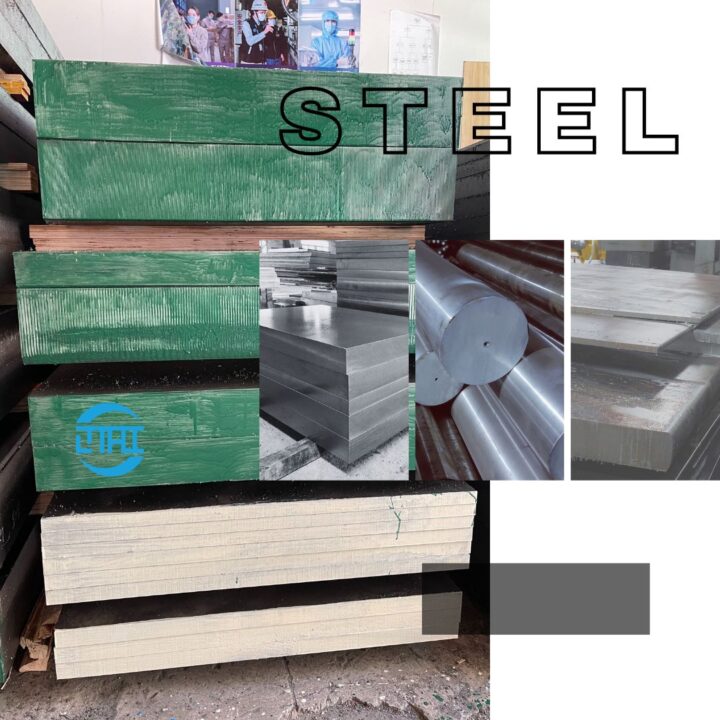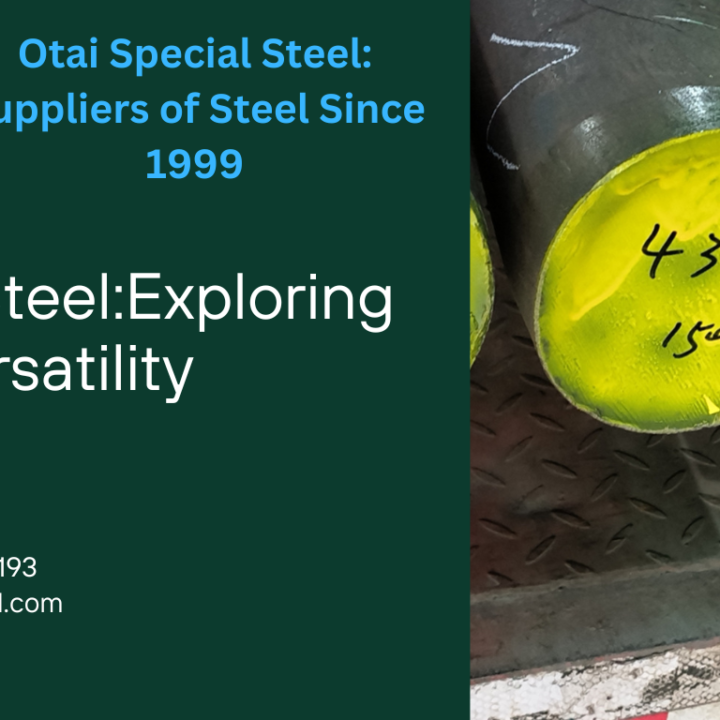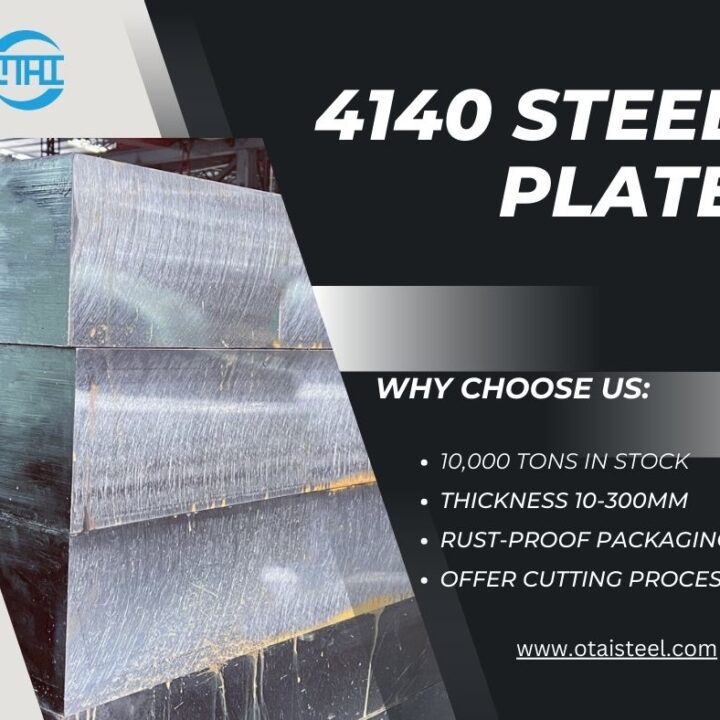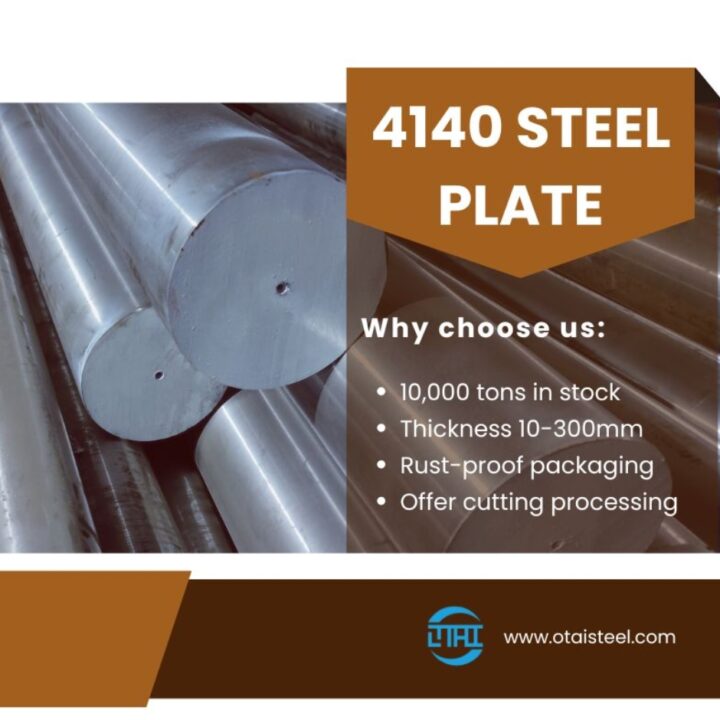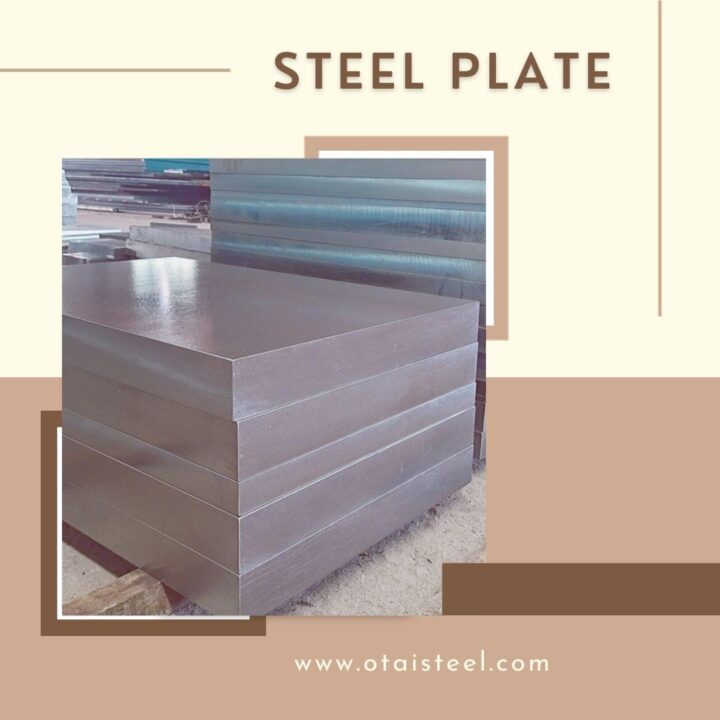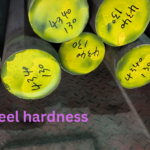When it comes to selecting the right steel for a project, engineers and builders often find themselves at a crossroads. Two popular choices, 1045 vs 4140 steel, have distinct properties and applications. In this comparison, we’ll dive deep into the characteristics, strengths, and ideal use cases for each of these steel types.
Chemical Composition
1045 Steel:
- Carbon (C): 0.45%
- Manganese (Mn): 0.60-0.90%
- Small amounts of other elements
4140 Steel:
- Carbon (C): 0.40%
- Manganese (Mn): 0.75-1.00%
- Silicon (Si): 0.15-0.35%
- Chromium (Cr): 0.80-1.10%
- Molybdenum (Mo): 0.15-0.25%
- Small amounts of other elements
Hardness
1045 steel is known for its moderate hardness, making it suitable for applications that require a balance between strength and machinability. It can be easily machined, which is a key factor in many manufacturing processes.
4140 steel offers higher hardness compared to 1045. This makes it ideal for applications where greater strength and wear resistance are required. It is often used in industries such as aerospace, automotive, and construction.
Strength and Toughness
1045 steel possesses good strength and toughness for its hardness. It is commonly used in the manufacturing of gears, axles, and other machinery components.
4140 steel is known for its high tensile strength, making it an excellent choice for applications involving heavy loads and high stress. Its toughness and resistance to wear and abrasion are highly valued in the industry.
Heat Treatment
Both 1045 and 4140 steel can undergo various heat treatment processes to modify their properties. Common treatments include quenching and tempering, annealing, and normalizing.
Applications
1045 Steel Applications:
- Shafts
- Hydraulic cylinders
- Bushings
- Gears
- Connecting rods
- Hand tools
4140 Steel Applications:
- Axles
- Bolts and fasteners
- Crankshafts
- Machine parts
- Gears and gear shafts
- Oil and gas industry components
Weldability
1045 steel is generally considered to have good weldability. It can be welded using various methods without significant issues.
4140 steel might pose some challenges during the welding process due to its higher carbon content. Precautions and specific welding techniques are often necessary.
Machinability
1045 steel is highly machinable, making it a preferred choice for applications where precision machining is required. Its ease of machining contributes to its popularity in manufacturing.
4140 steel is not as readily so as 1045 while still machinable. Care must be taken when machining 4140 to achieve the desired results.
Cost
1045 steel is often more cost-effective than 4140. Its affordability makes it a popular choice for various applications where high strength isn’t the primary requirement.
The choice between 1045 vs 4140 steel hinges on the specific needs of your project. While 1045 steel offers good machinability and moderate strength, 4140 steel excels in applications demanding high tensile strength and toughness. By understanding the differences and considering factors like hardness, strength, and cost, you can make an informed decision that aligns with the goals of your project.
